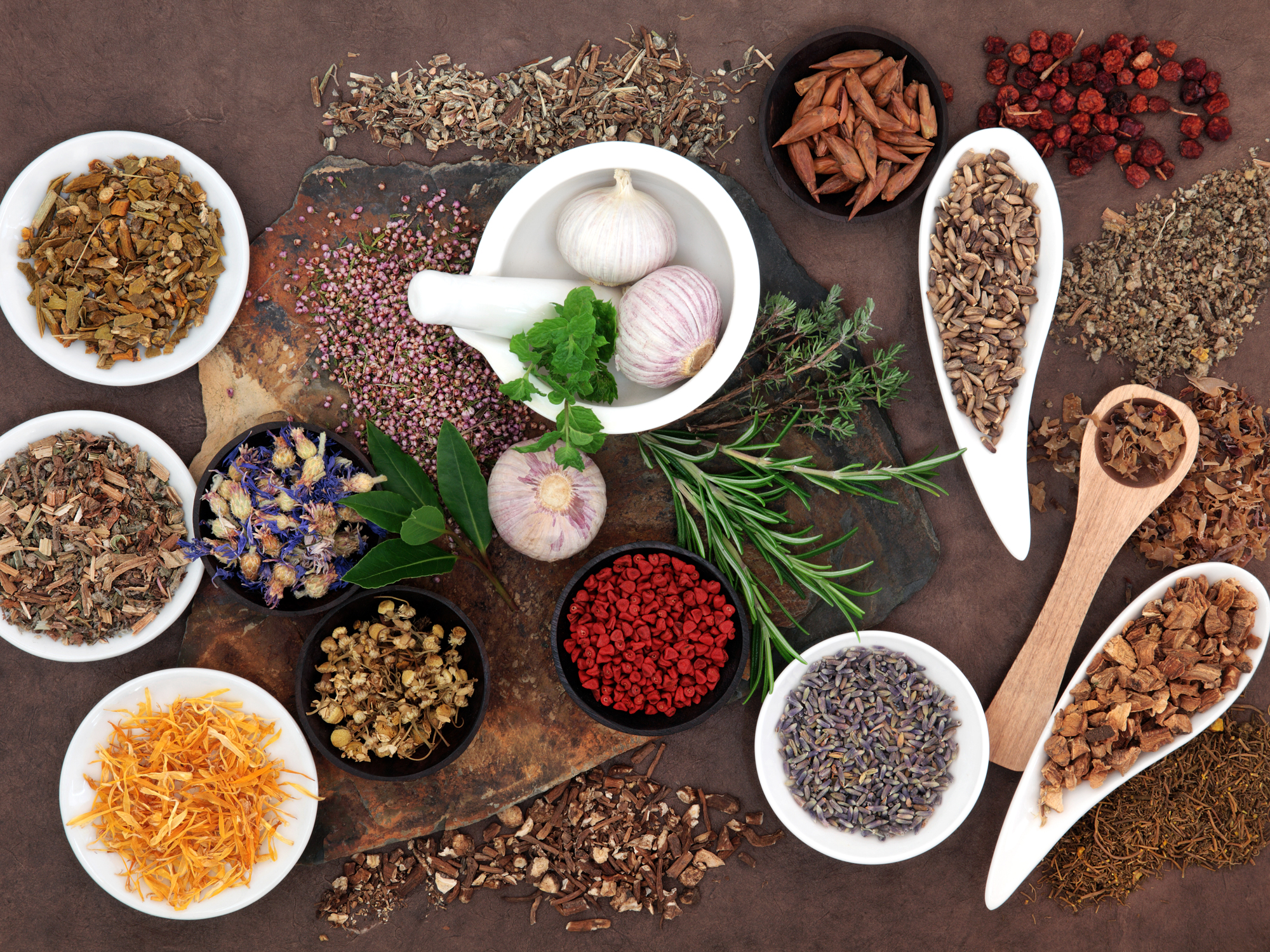Get Easy Health Digest™ in your inbox and don’t miss a thing when you subscribe today. Plus, get the free bonus report, Mother Nature’s Tips, Tricks and Remedies for Cholesterol, Blood Pressure & Blood Sugar as my way of saying welcome to the community!
Superstar South American herb helps skirt cancer

Disease-causing inflammation, fungal invaders, cancer cells — all of these are unseen health dangers that could be hiding in your body right now.
But you can conquer all three by turning to an ancient remedy found deep in the rainforests of Central and South America. There you’ll find a tree with bark so powerful it fights candida, cancer and inflammation in one fell swoop…
It’s called pau d’arco — and it’s been used medicinally for centuries by the ancient Incas, Aztecs and Indio tribes of Brazil. It’s a regular health panacea that can treat conditions ranging from toothaches to cancer, and everything in between.
If it’s not already there, you need it in your medicine chest as soon as possible. And here’s why…
Scientific studies have demonstrated its ability to alleviate pain and reduce inflammation. They’ve also proven its effectiveness as an anti-viral, anti-bacterial and anti-fungal. On top of all that, it’s been shown to have antioxidant properties that fight free radicals.
But before you dismiss any of this as old wives’ tales, scientists have zeroed in on its secret healing power: It’s a chemical compound known as lapachol — and it’s been scientifically proven to defend your body against certain viruses (like herpes, the flu and polio) and common bacterial infections (like malaria, staph infections, strep throat and H. pylori).
In case you didn’t know, there’s a strong viral link to cancer. Certain viruses are considered oncoviruses — meaning they may produce cancer in the body. Most notably human papillomavirus (HPV) can lead to cancer cells, but there are seven viruses altogether that are linked to cancers including certain herpes and hepatitis viruses.
And lapachol has been shown in more than one scientific study to not only shrink tumors but to send people with cancer into remission. Another study showed that it stopped cancer cells from spreading.
Pau d’arco’s reputation as a potent cancer-fighter shouldn’t be surprising considering it also contains quercetin, a powerful antioxidant shown to be more effective than resveratrol at stopping tumor growth.
All of these healing compounds make pau d’arco a pretty potent remedy for whatever ails you. That’s why people have used it to treat a long list of conditions like:
- Influenza
- Herpes
- Bacterial infections
- Fungal infections
- Parasites
- Diabetes
- Lupus
- Fibromyalgia
- Liver disease
- Constipation
- Arthritis
- Cancer
Pau d’arco bark is available at your local health food store in many different forms. You can buy it in capsules, tablets, powder or tea. You can also buy pau d’arco tinctures and salves. You can decide which form is best depending on what you’re using for. For overall health and cancer prevention, I personally like to drink a cup of pau d’arco tea per day.
But just so you know, pau d’arco can be toxic in large enough doses. So if you do buy it, stick to the directions on the label. As long as you do, you’ll reap a lot of health benefits from this powerful South American herb.
Editor’s note: Discover how to live a cancer prevention lifestyle — using foods, vitamins, minerals and herbs — as well as little-known therapies allowed in other countries but denied to you by American mainstream medicine. Click here to discover Surviving Cancer! A Comprehensive Guide to Understanding the Causes, Treatments and Big Business Behind Medicine’s Most Frightening Diagnosis!
Sources:
-
“Pau d’arco.” University of Maryland Medical Center. http://umm.edu. Retrieved June 16, 2016.
-
“Pau d’arco.” Paudarco.org. http://www.paudarco.org. Retrieved June 16, 2016.
-
G. Gonçalves de Miranda, J. C. Vilar, I. A. Nunes Alves, S. C. de Holanda Cavalcanti, and Â. R. Antoniolli. “Antinociceptive and antiedematogenic properties and acute toxicity of Tabebuia avellanedae Lor. ex Griseb. inner bark aqueous extract.” BMC Pharmacology and Toxicology. 2001; 1:6.
-
Rahman, B. Islam, M. Biswas, and A. H. M. Khurshid Alam. “In vitro antioxidant and free radical scavenging activity of different parts of Tabebuia pallida growing in Bangladesh.” BMC Research Notes. 2015; 8: 621.
-
Hussain, K. Krohn, V.U. Ahmad, G.A. Miana, and I.R. Green “Lapachol: an overview.” Archive for Organic Chemistry. 2007 (ii) 145-171.
-
Gibellini, M. Pinti, M. Nasi, J.P. Montagna, et al. “Quercetin and Cancer Chemoprevention.” Evidence-Based Complementary and Alternative Medicine, 2011.
-
“Quercetin.” University of Maryland Medical Center. http://umm.edu. Retrieved June 16, 2016.












